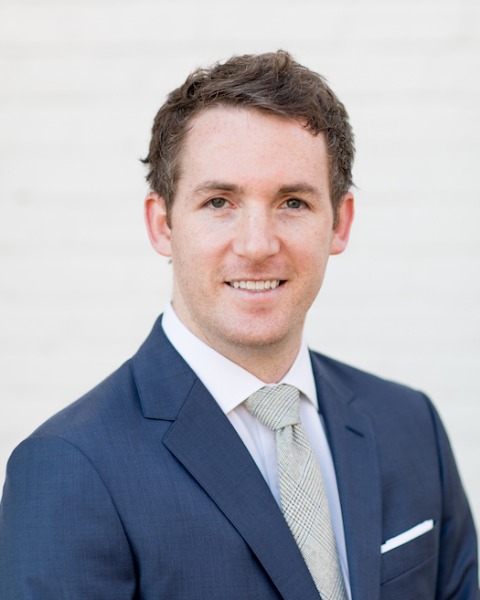Back
Introduction: Twiddler’s syndrome is a well described phenomenon in cardiac literature where manipulation of pacemaker and implantable cardioverter-defibrillator (ICD) batteries results in twisting of the lead, ultimately causing knotting , fracture and/or malfunction. Twiddler’s syndrome is also identified in neuromodulation devices, though poorly studied and understood in urologic literature surrounding sacral neuromodulation (SNM). After a patient’s premature failure of a SNM device with twisted leads, we sought to identify the underlying etiology.
Methods: One patient experienced two SNM device failures within 5 months due to lead migration and extreme twisting. This video outlines our investigation into the patient's underlying etiology Twiddler’s syndrome, previously published instances of the phenomenon in cardiology and sacral neuromodulation, a discussion of risk factors, and a finding of spontaneous Twiddler’ syndrome captured via fluoroscopy and office examination on video, with realtime visualization of patients IPG flipping within it's pocket.
Results: After in office physical examination and fluoroscopic investigation captured live on video, she was found to have a mobile and easily manipulated battery with observed and recorded flipping of her battery associated with everyday behaviors, including dressing.
Conclusions: Neuromodulator lead migration and malfunction can occur due to Twiddler’s syndrome, often associated with the intentional manipulation of the lead by patients, commonly with psychiatric diagnoses. However, our video demonstrates via physical exam and fluoroscopy an instance of unintentional manipulation likely due to device location, patient habitus and pocket size. Considering these findings, the evaluation of a patient’s body habitus for location of placement, as well as use of additional safety measures including limiting pocket size, anchoring of the device +/- use of TYVK pouch, are important considerations for surgical planning that may aid in prevention of idiopathic Twiddler’s syndrome and premature device failure. SOURCE OF
Funding: N/A
Video Abstract Session
Session: V12: Female Voiding Dysfunction/ Pelvic Floor Disorders/ Incontinence/ Neuro-Urology
V12-01: Visualization of Idiopathic Lead Migration Resulting in SNM Device Failure
Monday, May 1, 2023
7:00 AM – 7:10 AM CST
Location: Video Abstract Theater

Nicholas B. Koch, MD
CMC Urology
Video Presenter(s)
Introduction: Twiddler’s syndrome is a well described phenomenon in cardiac literature where manipulation of pacemaker and implantable cardioverter-defibrillator (ICD) batteries results in twisting of the lead, ultimately causing knotting , fracture and/or malfunction. Twiddler’s syndrome is also identified in neuromodulation devices, though poorly studied and understood in urologic literature surrounding sacral neuromodulation (SNM). After a patient’s premature failure of a SNM device with twisted leads, we sought to identify the underlying etiology.
Methods: One patient experienced two SNM device failures within 5 months due to lead migration and extreme twisting. This video outlines our investigation into the patient's underlying etiology Twiddler’s syndrome, previously published instances of the phenomenon in cardiology and sacral neuromodulation, a discussion of risk factors, and a finding of spontaneous Twiddler’ syndrome captured via fluoroscopy and office examination on video, with realtime visualization of patients IPG flipping within it's pocket.
Results: After in office physical examination and fluoroscopic investigation captured live on video, she was found to have a mobile and easily manipulated battery with observed and recorded flipping of her battery associated with everyday behaviors, including dressing.
Conclusions: Neuromodulator lead migration and malfunction can occur due to Twiddler’s syndrome, often associated with the intentional manipulation of the lead by patients, commonly with psychiatric diagnoses. However, our video demonstrates via physical exam and fluoroscopy an instance of unintentional manipulation likely due to device location, patient habitus and pocket size. Considering these findings, the evaluation of a patient’s body habitus for location of placement, as well as use of additional safety measures including limiting pocket size, anchoring of the device +/- use of TYVK pouch, are important considerations for surgical planning that may aid in prevention of idiopathic Twiddler’s syndrome and premature device failure. SOURCE OF
Funding: N/A
